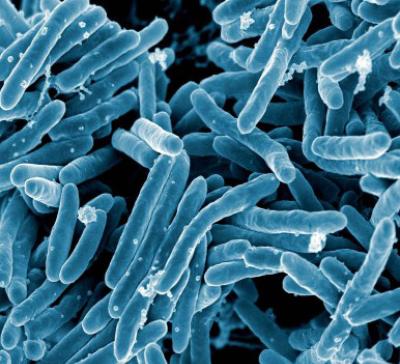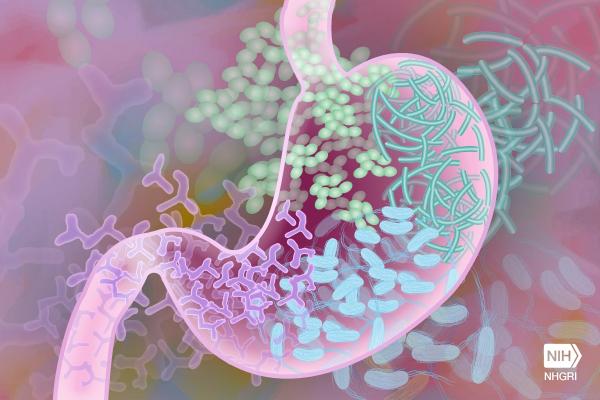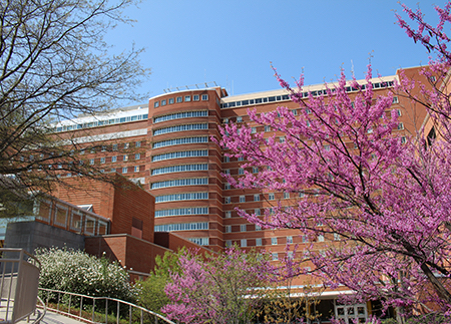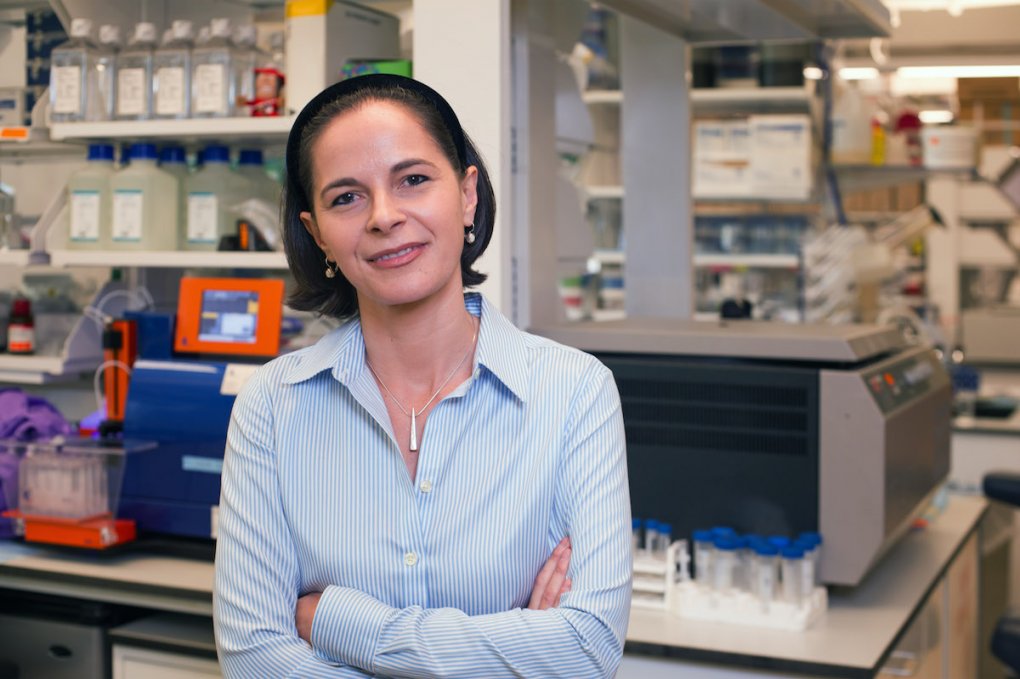IRP Grad Students Present a Scientific Smorgasbord
Virtual Symposium Showcases Scientists-in-Training
Even in the midst of a global pandemic, life at NIH goes on. IRP researchers continue to run experiments, publish scientific papers, and train the next generation of scientists, including the many graduate students performing research in IRP labs through the Graduate Partnership Program. On February 17 and 18, more than 100 of these scientists-in-training presented their work virtually at the NIH’s 17th annual Graduate Student Research Symposium. Like last year’s entirely online Postbac Poster Day, the event overcame the constraints of COVID-19 precautions to showcase a broad range of research, including several studies focused on the novel coronavirus.










